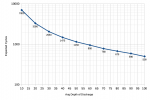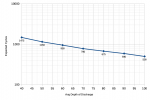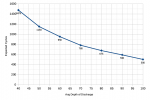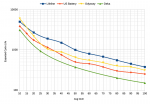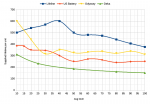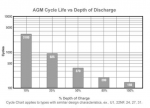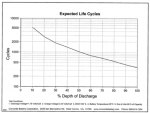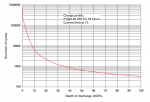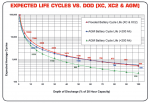LOL longevity has never been a goal of industry, least of all the USian auto industry, actually explicit about planned obsolescence for nearly a century!
The battery industry marketed the hell out of AGM, and of course regular consumers happy with 3-5 years are also happy to sacrifice access to the electrolyte for supposed maintenance free.
Optima is no longer good enough to call a deep cycling battery, maybe get 4-600 cycles at best since JCI bought the line from Enersys.
And of **course** LFP is superior no matter the use case, that is not an issue here. Just stateside you're talking 5-8x more expensive even taking usable amps into account, but not including the extra infrastructure and expertise required.
No one is talking about Starter use case here either.
Yes many USians distrust even hate China, and you're exactly right, that has been one of the factors behind why our LFP distribution network is so grossly immature.
AGM is more resistant to vibration, more temperatures resilient, can easily out cycle, and is in better than FLA in APPLICATIONS THAT MATTER to people on THIS site.
Absolute bollocks.
> GEL is even better than AGM in many regards (not cold) but is more expensive, but not usually worth it.
Not so much that, as the lower voltage charging profile usually requires replacing at least some charge sources, much more finicky to care for than AGM, just as AGM is, compared to FLA.
If you need to install sideways, or need higher CAR, or simply don't mind spending 50-100% more per year for that convenience, feel free, I'm not at all saying AGM are bad
and in many markets they're in effect the only game in town, no choice anymore.
Any decent charge source these days has a set of canned profiles you can switch between for different chemistries.
The LFP ones are usually set way too high.
The best let the user custom adjust, say 13.8V for low current rates, vs 14.0V for fast charging.
> LA batteries must be fully recharged very frequently (otherwise they are prone to accelerated death from PSOC cycles)
The impact on AGM lifespan of PSOC abuse is **much** greater than with FLA!
Yes 10-15 years is easily achieved with top quality FLA, and the easier stationary use case is obviously higher than mobile applications.



